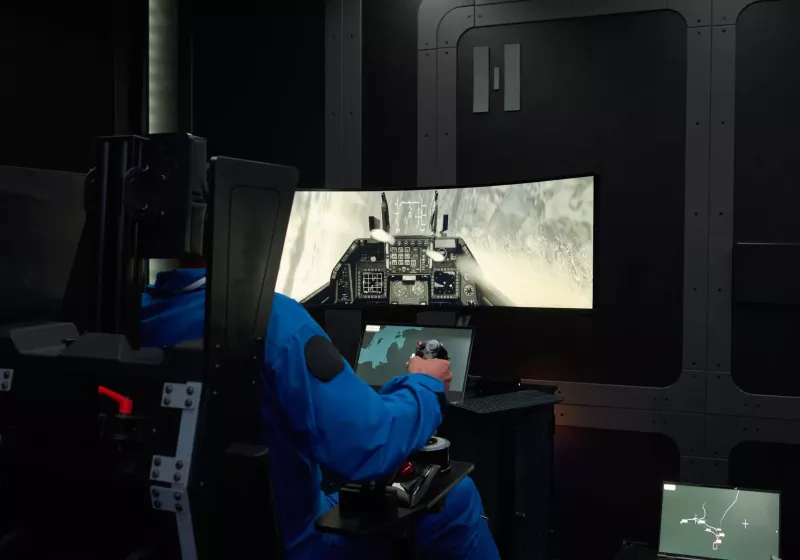Governments around the world are committing trillions of dollars to modernize their militaries in response to rapidly evolving technological threats. The ongoing war in Ukraine serves as a critical example of this transformation, showcasing innovative military strategies and equipment that are increasingly reliant on advanced technologies. This shift is particularly pronounced in Europe, where nations are reassessing their defense priorities in light of recent conflicts.
The conflict in Ukraine has highlighted the need for rapid adaptation to new modes of warfare, and countries are responding with significant financial investments. According to a report by NATO, defense spending among member countries increased by an average of 2.5% in 2023, reflecting a renewed focus on military capabilities that can respond to both conventional and unconventional threats. This includes the development of AI fighter jets, sophisticated drone swarms, and even $250,000 warships designed for rapid deployment.
Emerging Technologies in Military Strategy
The integration of artificial intelligence into military operations is particularly noteworthy. AI fighter jets, for instance, are being developed with capabilities that allow them to perform complex maneuvers and engage in combat scenarios without direct human intervention. These advancements not only enhance operational efficiency but also reduce the risk to human pilots in high-stakes environments.
Moreover, drone swarms represent a transformative approach to aerial combat. These groups of coordinated drones can be deployed for reconnaissance, surveillance, and offensive operations, allowing for a more comprehensive battlefield assessment. The ability to deploy multiple drones simultaneously creates a tactical advantage, particularly in scenarios where traditional air support may be limited.
Countries are also investing in naval capabilities, with smaller, more agile warships entering the market. Priced at approximately $250,000, these vessels are designed to be cost-effective while maintaining essential operational capabilities. This shift reflects a broader trend towards more flexible military assets that can operate in various environments, from coastal regions to open waters.
Global Defense Budgets and Strategic Alliances
The financial commitment to these advancements is substantial. The United States alone is projected to spend over $800 billion on defense in 2024, which includes funding for research and development of cutting-edge technologies. Similarly, European nations are reallocating resources to enhance their military readiness, with an emphasis on collaborative efforts within the European Union and NATO frameworks.
Russia’s military actions have further catalyzed this shift, prompting neighboring countries to bolster their defenses. The situation has led to unprecedented levels of cooperation among European nations, resulting in joint exercises and shared technological resources aimed at countering potential threats.
As countries continue to navigate this new defense landscape, the focus remains on ensuring that military capabilities are not only technologically advanced but also strategically aligned with evolving global dynamics. The ongoing investments signal a recognition that the nature of warfare is changing, and preparedness is crucial for national security.
In summary, the commitment to high-tech military innovations marks a significant evolution in global defense strategies. As nations adapt to high-tech threats, the emphasis on advanced technologies like AI fighter jets and drone swarms is likely to shape the future of warfare for years to come.
